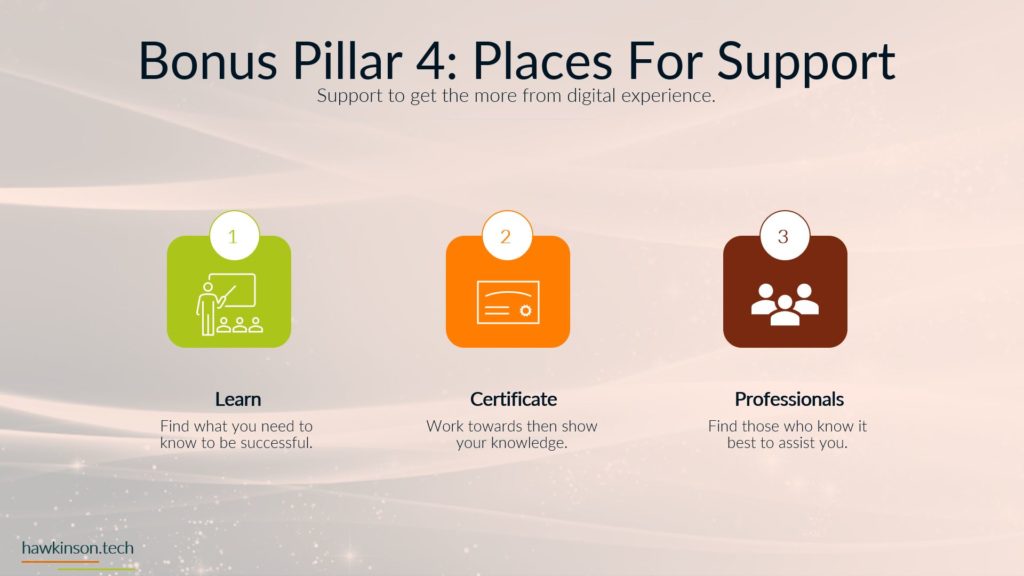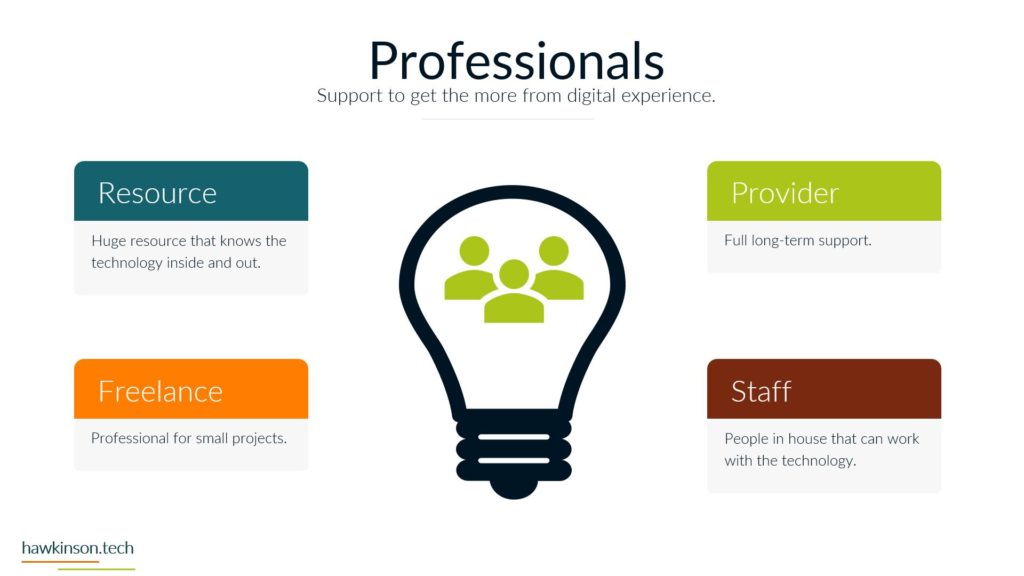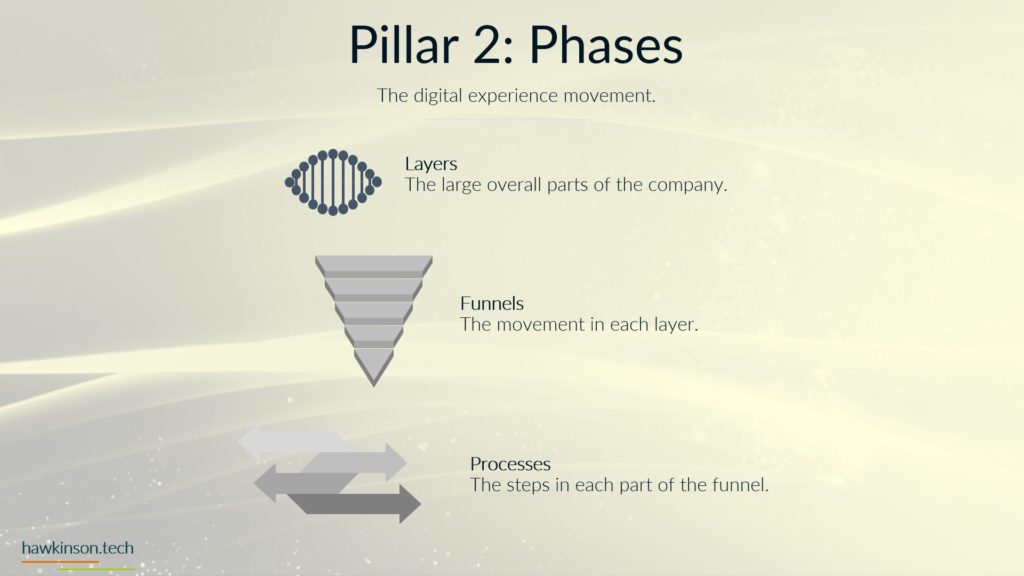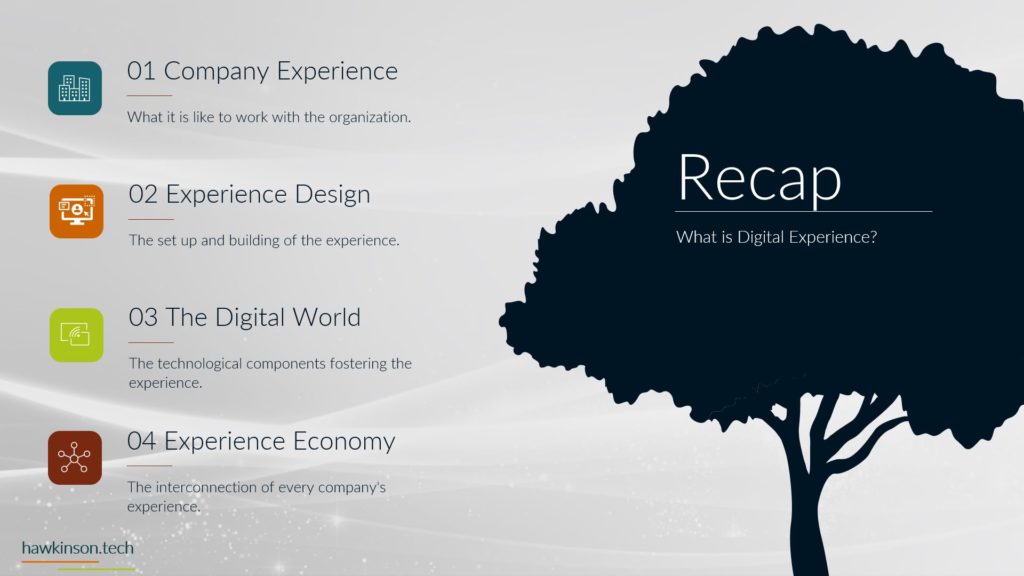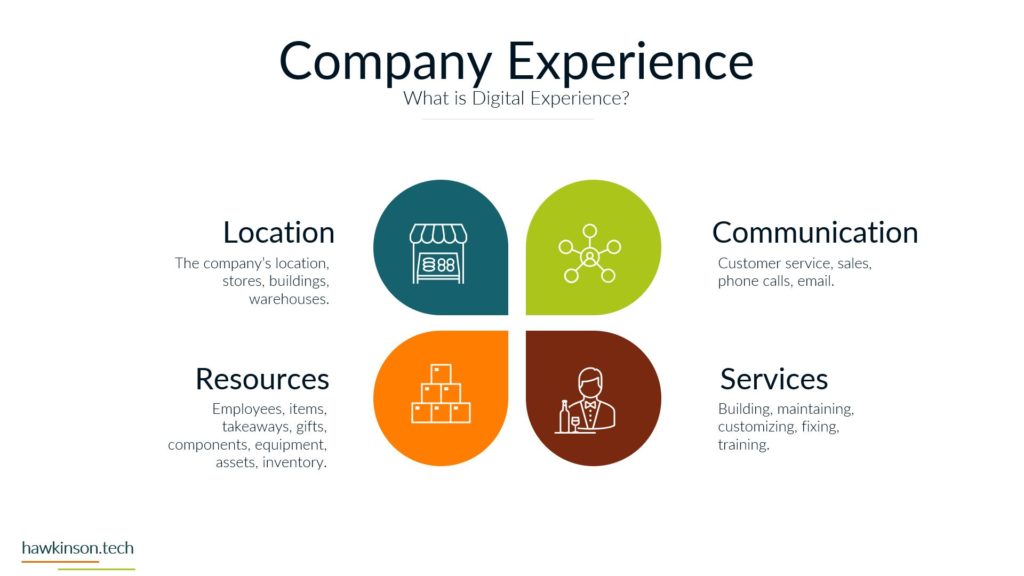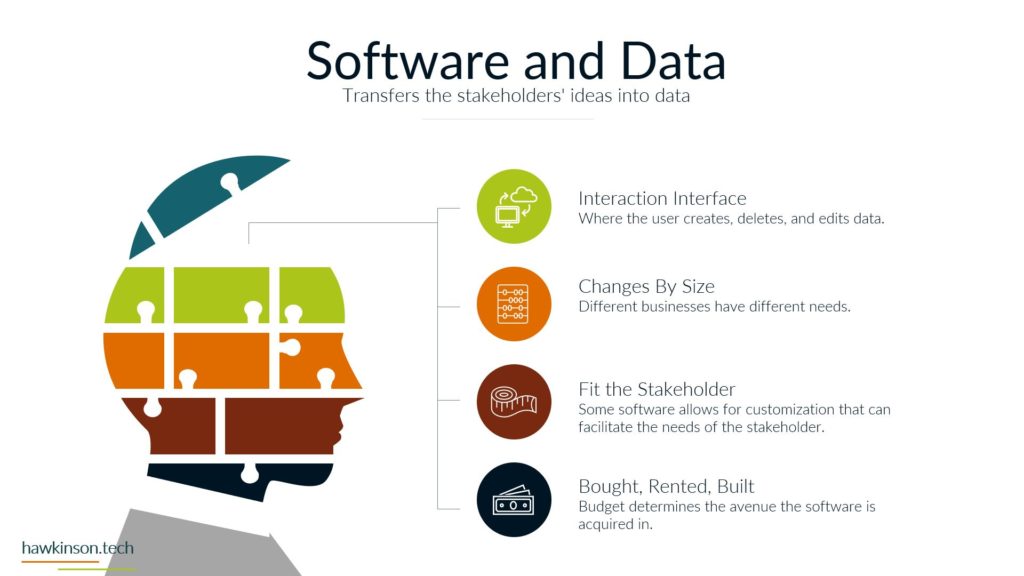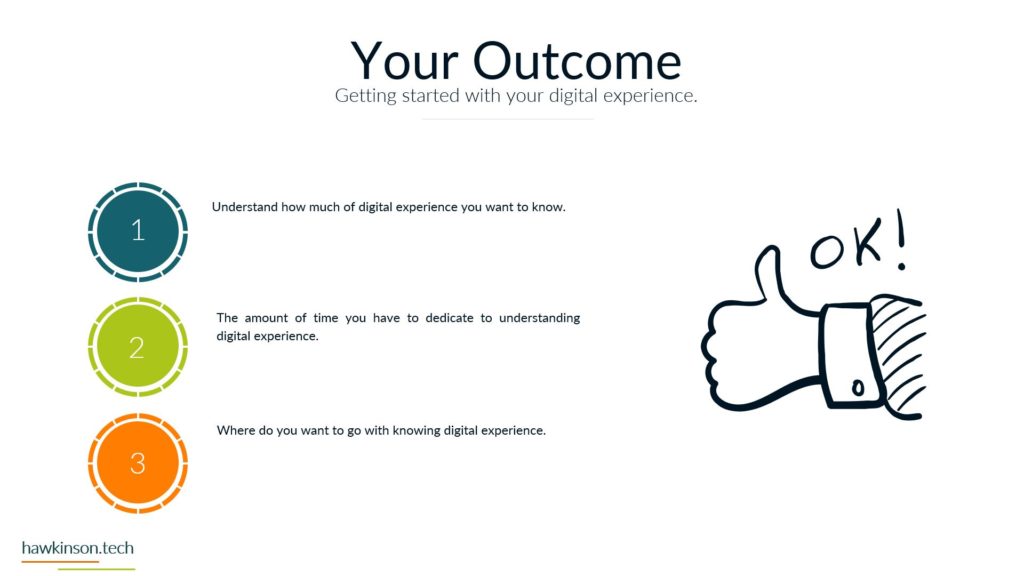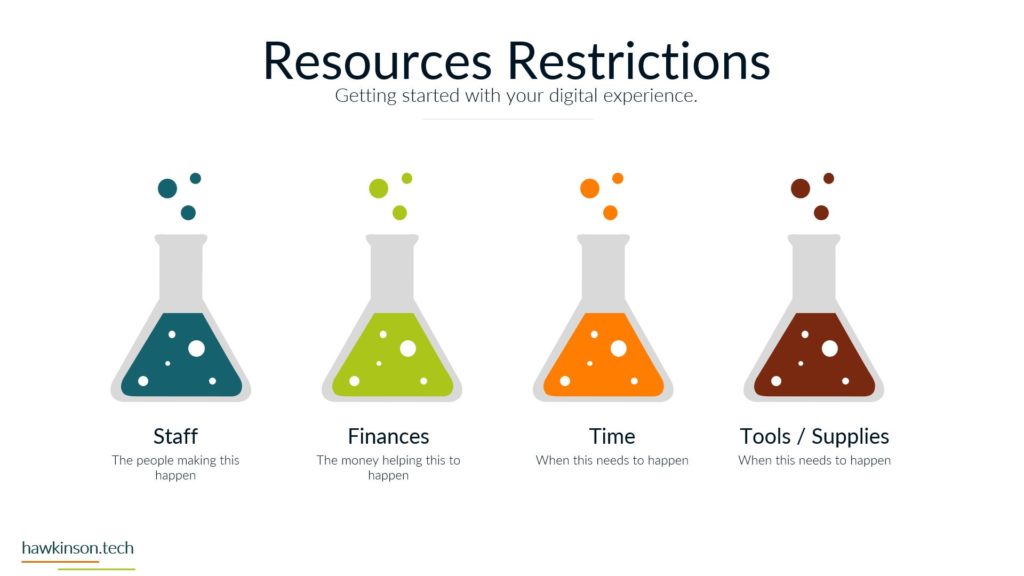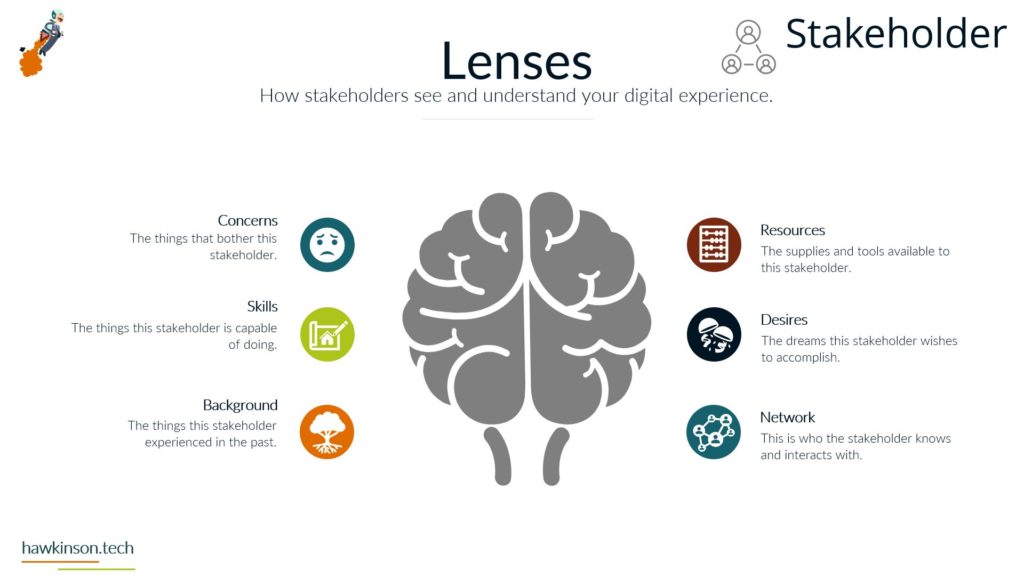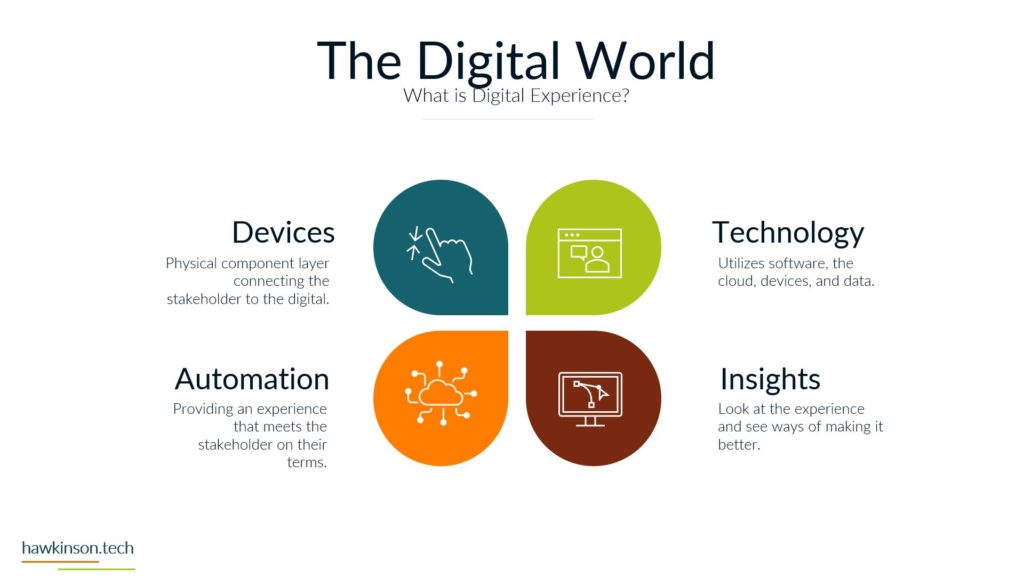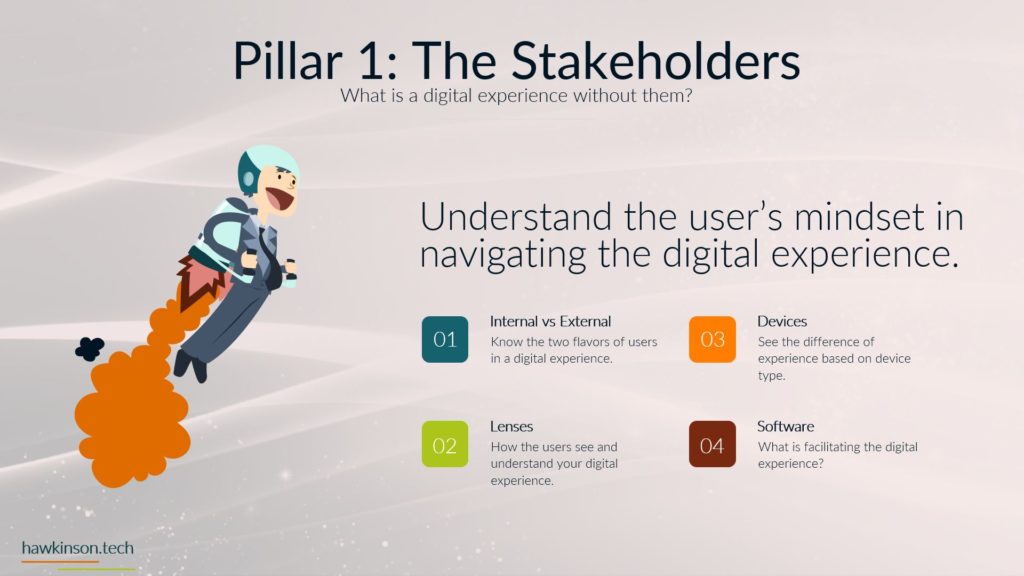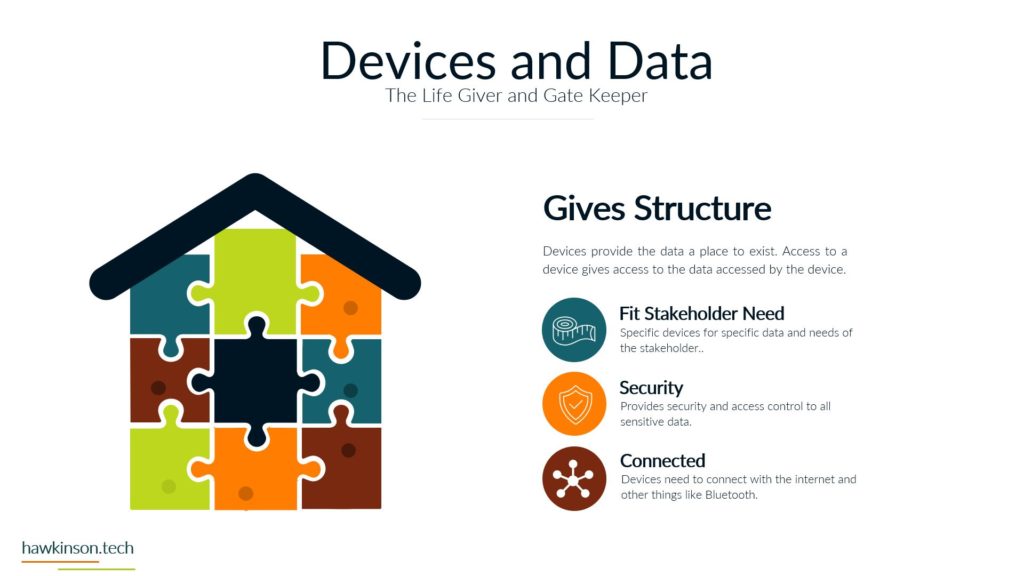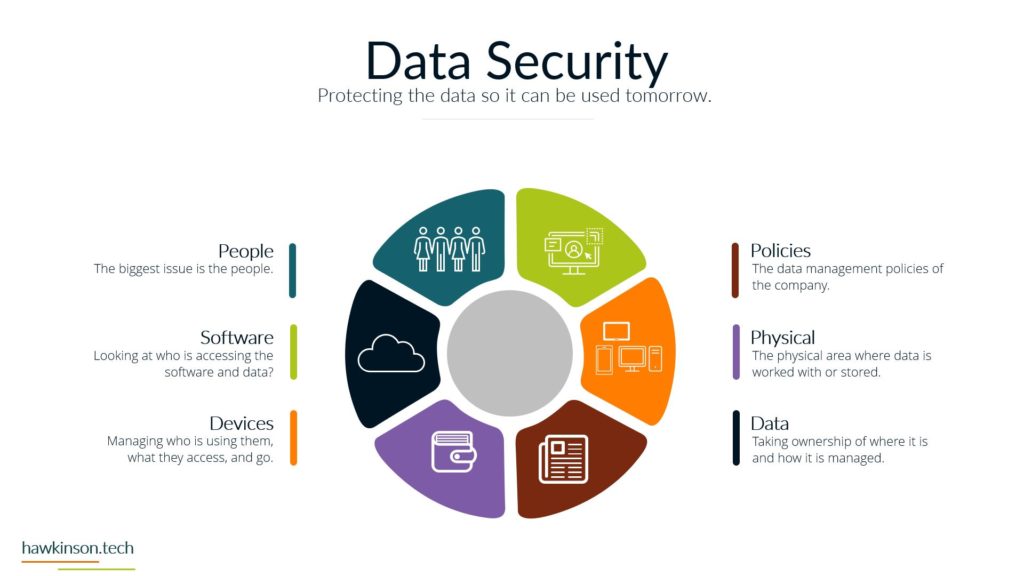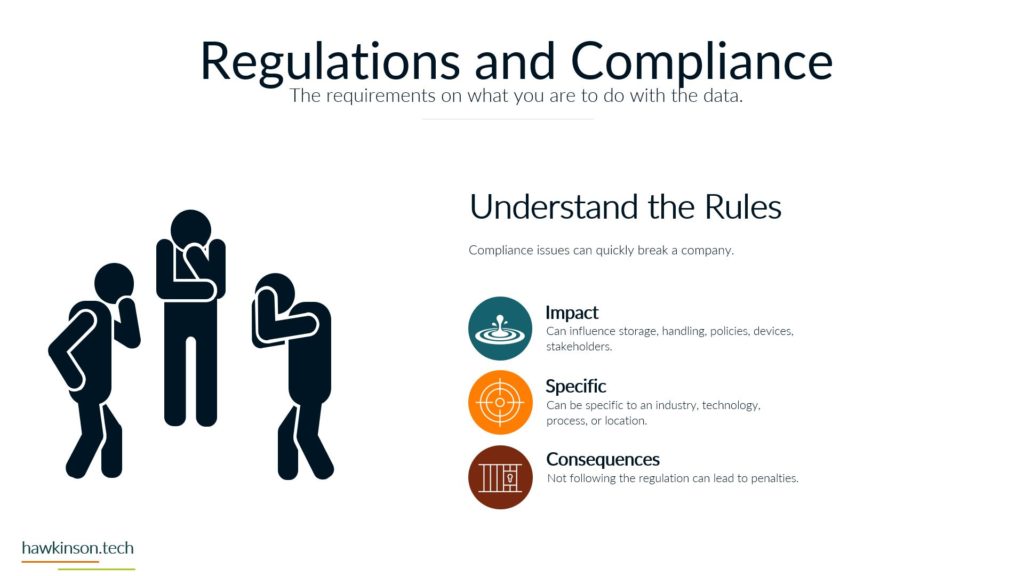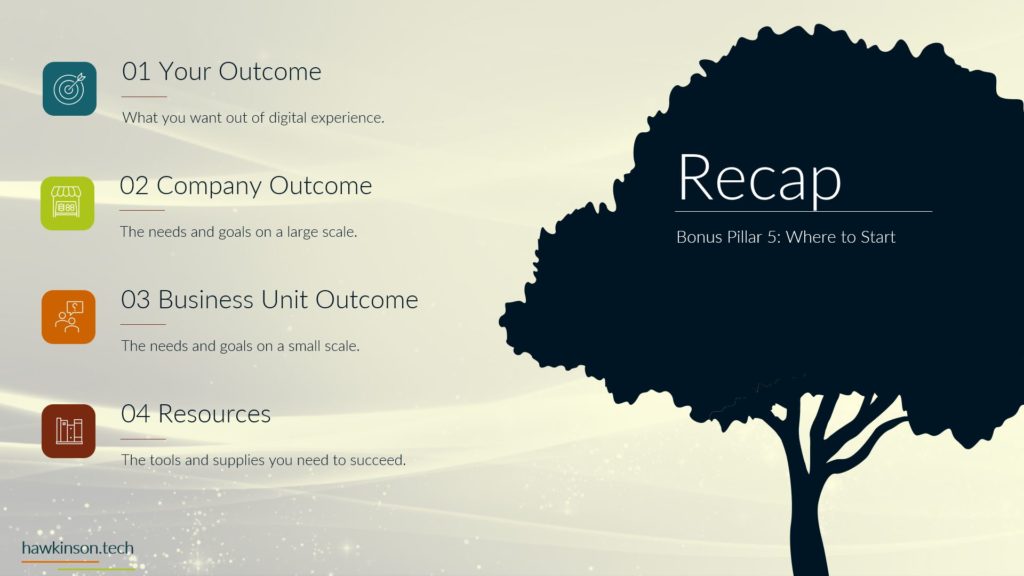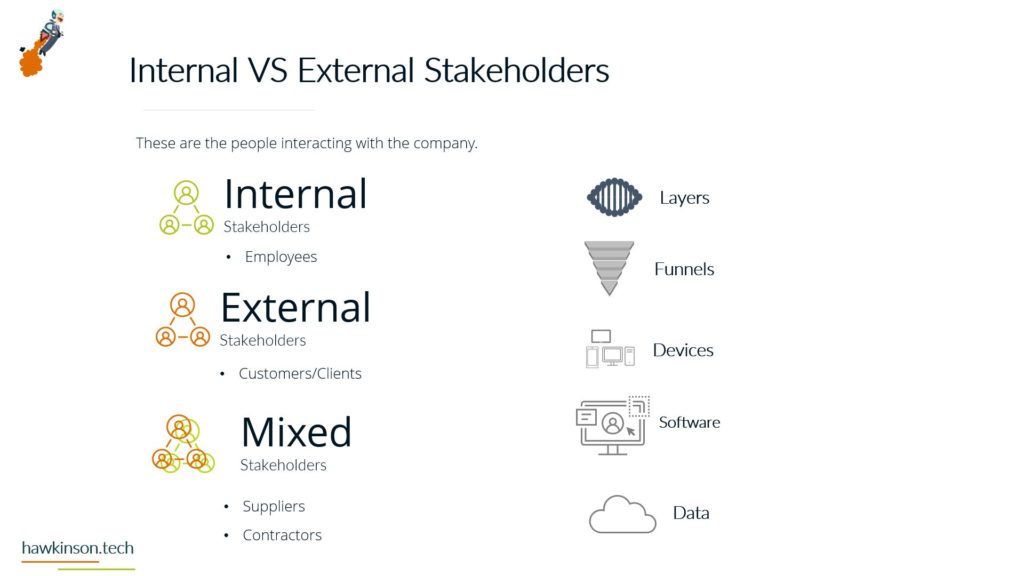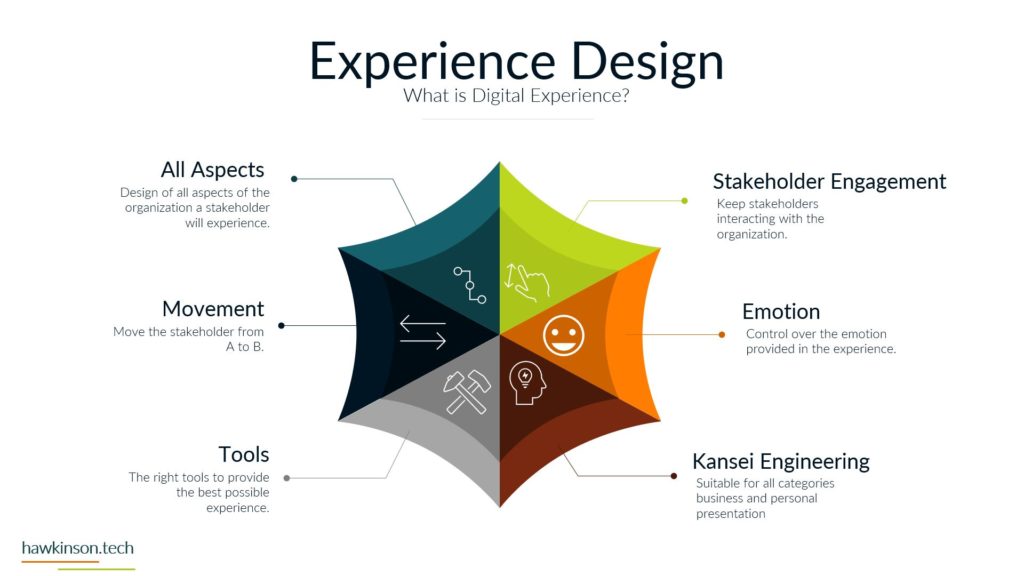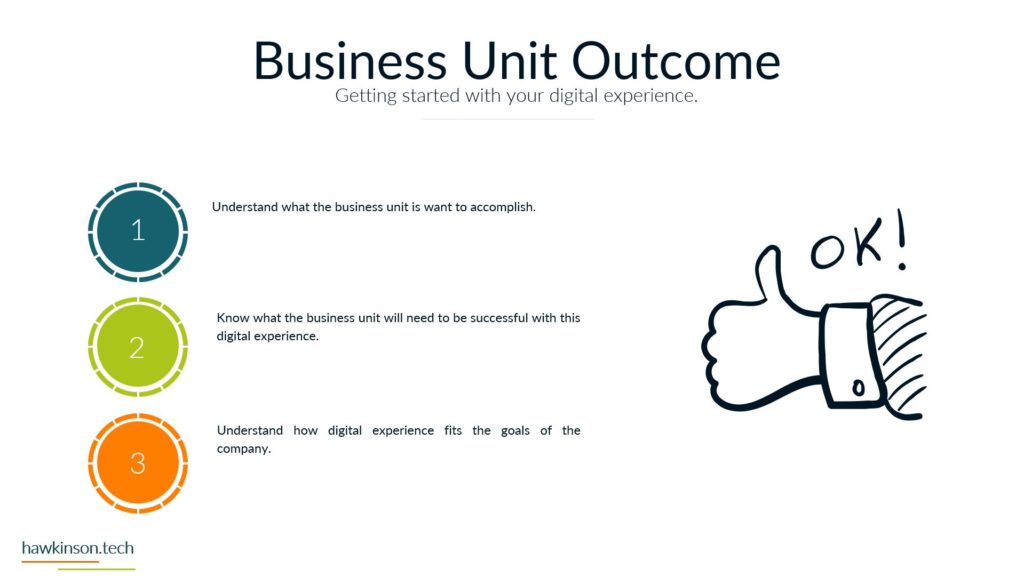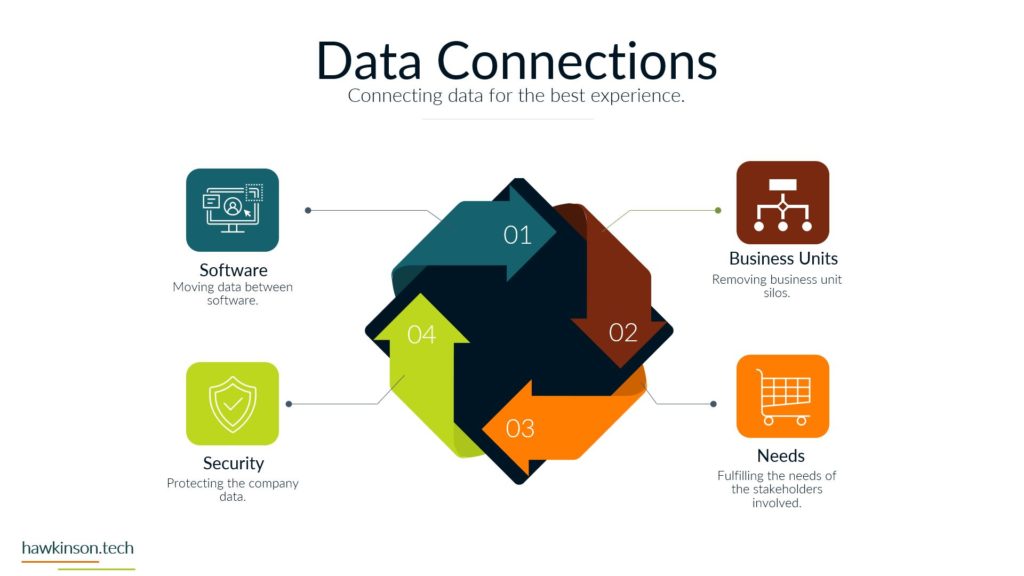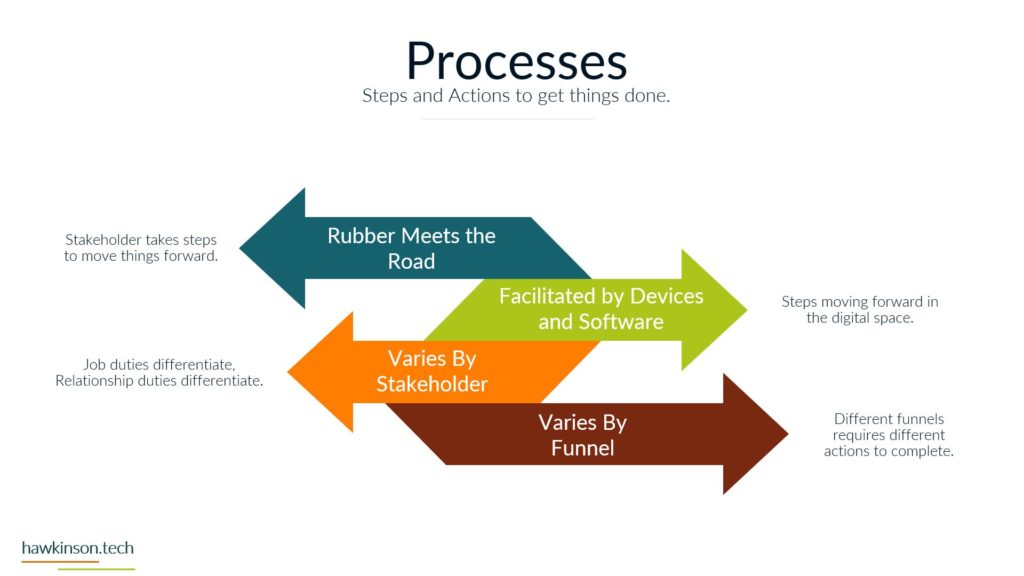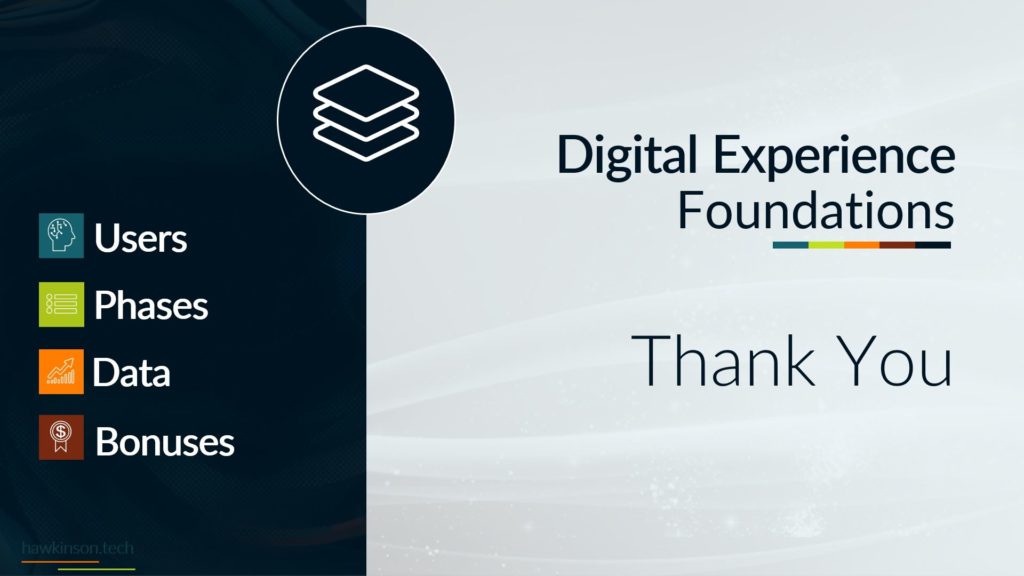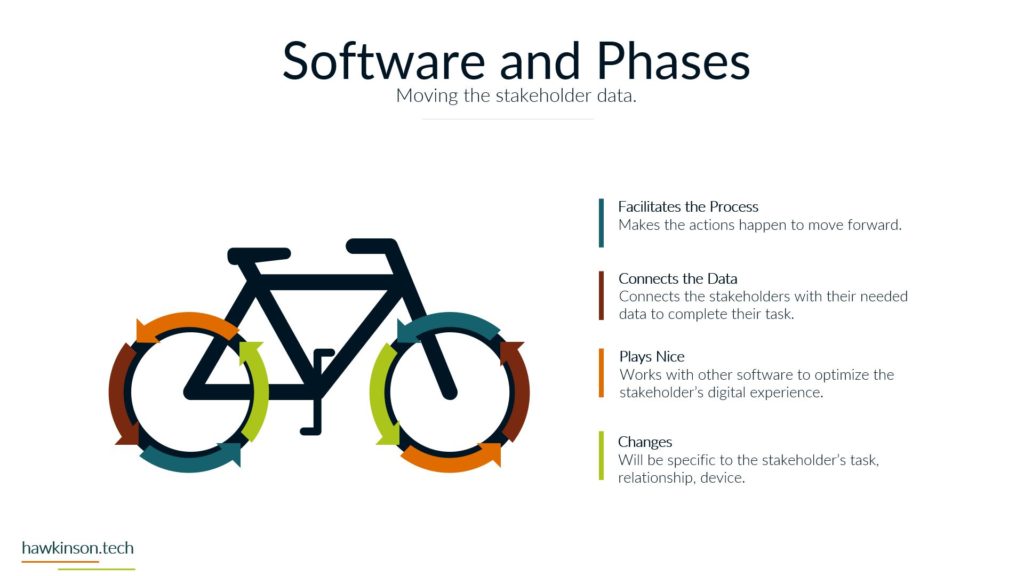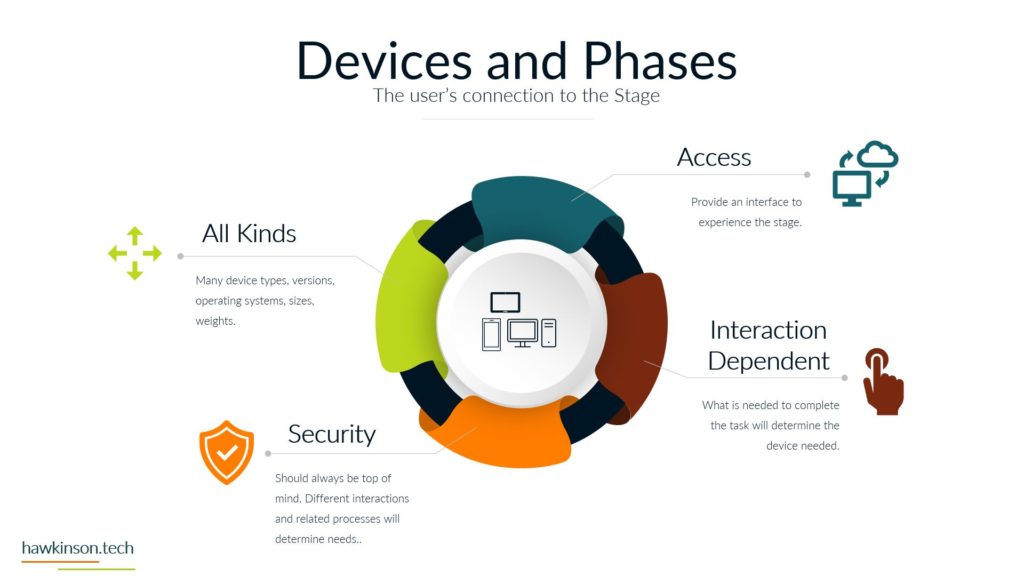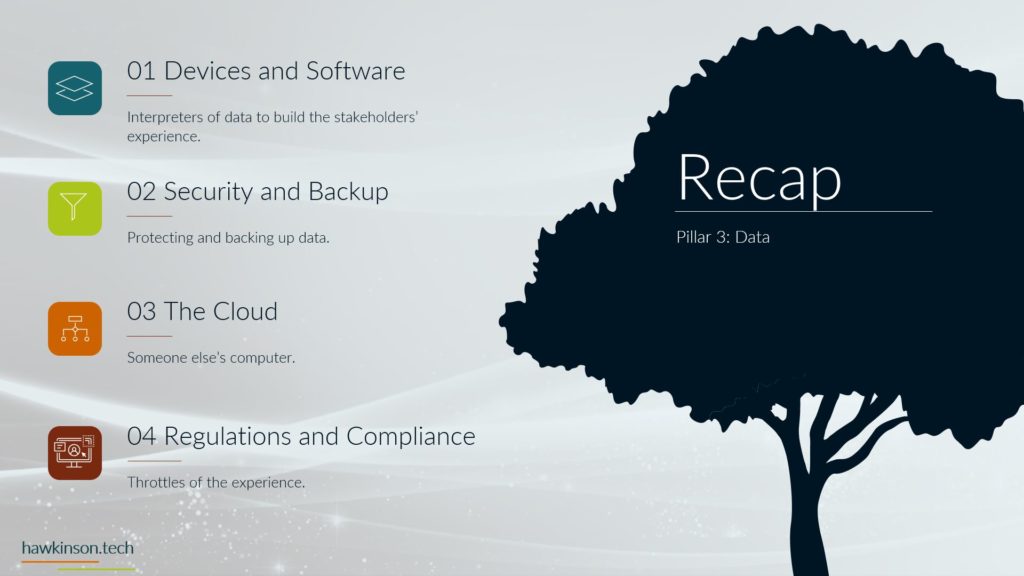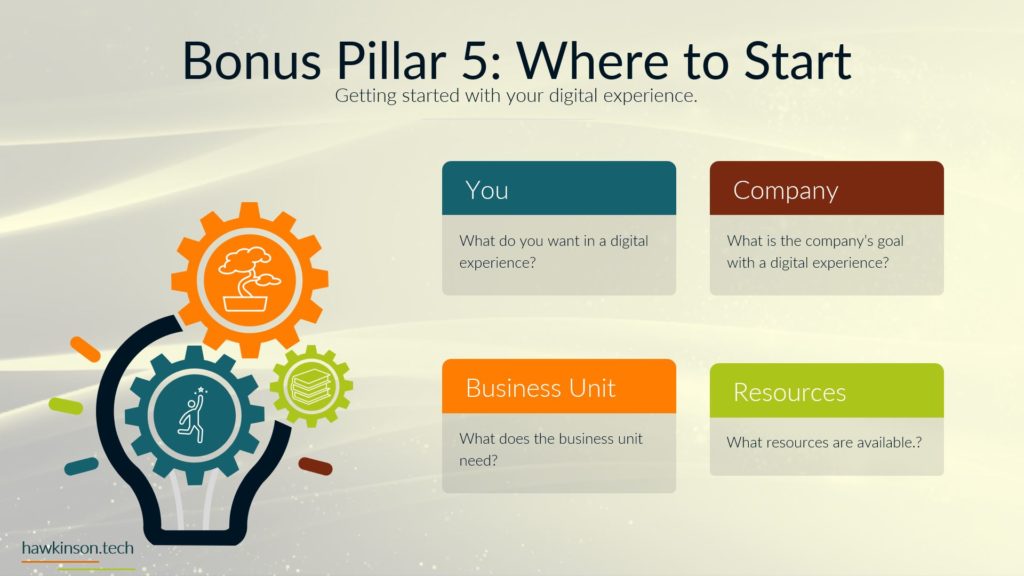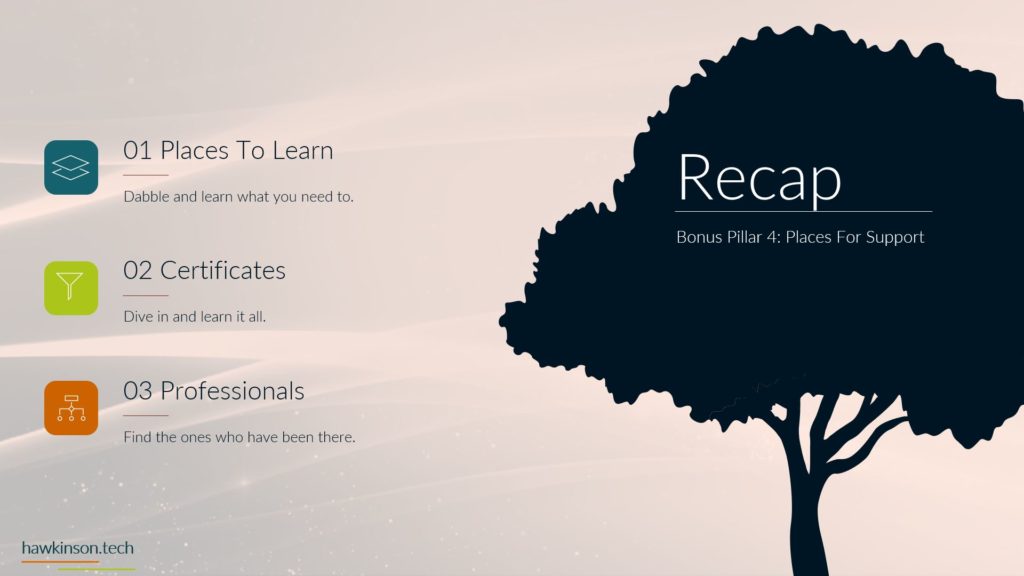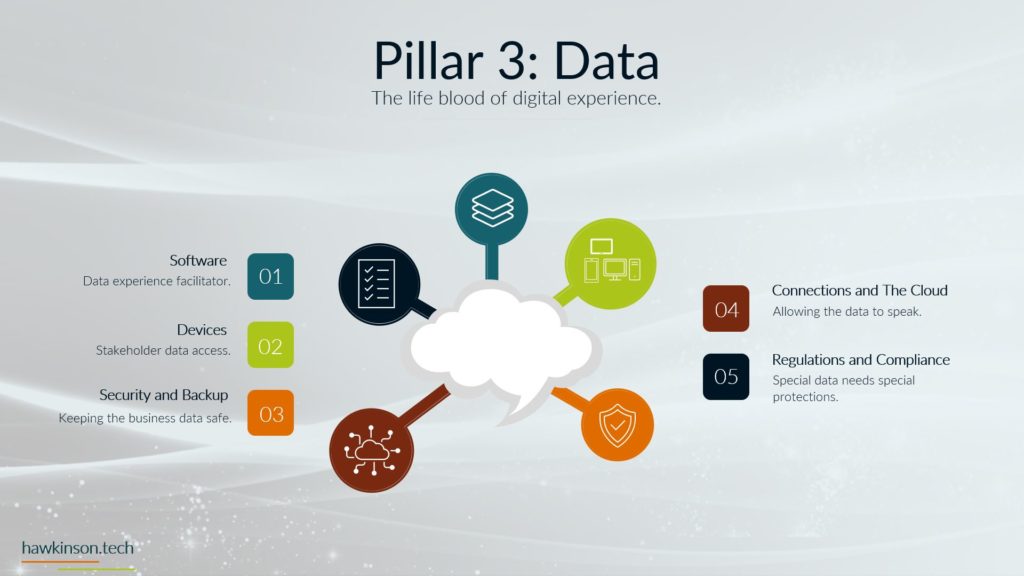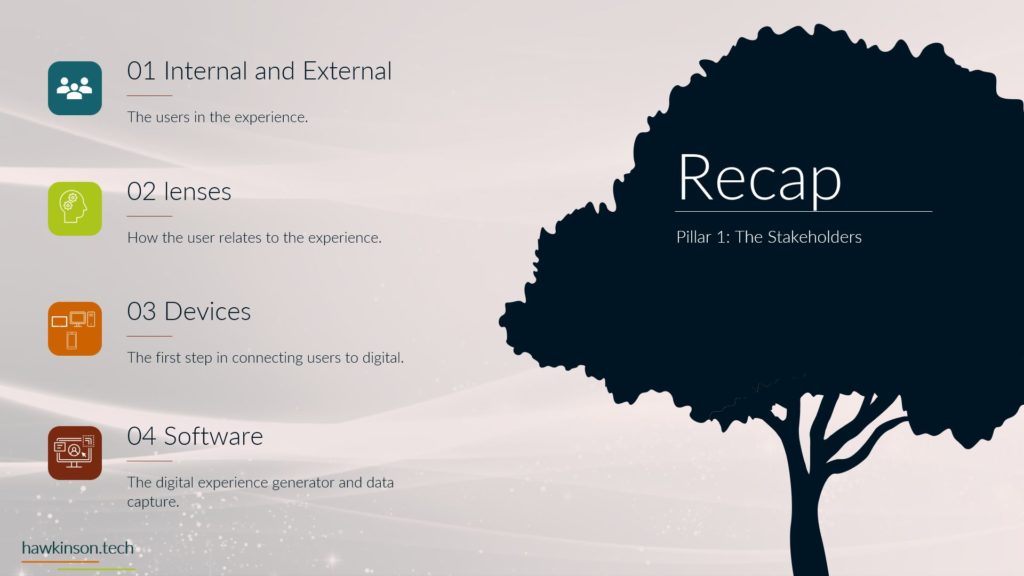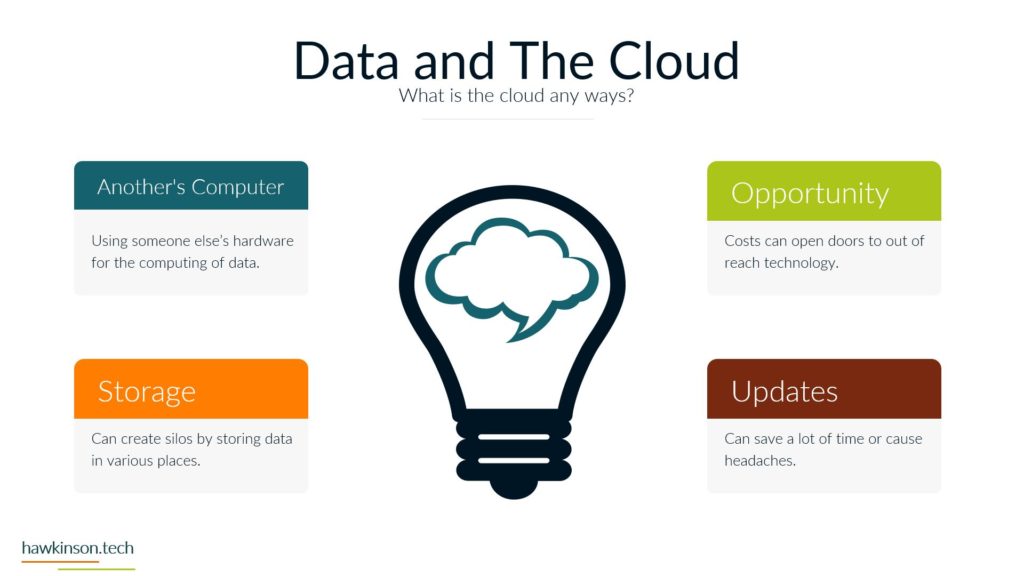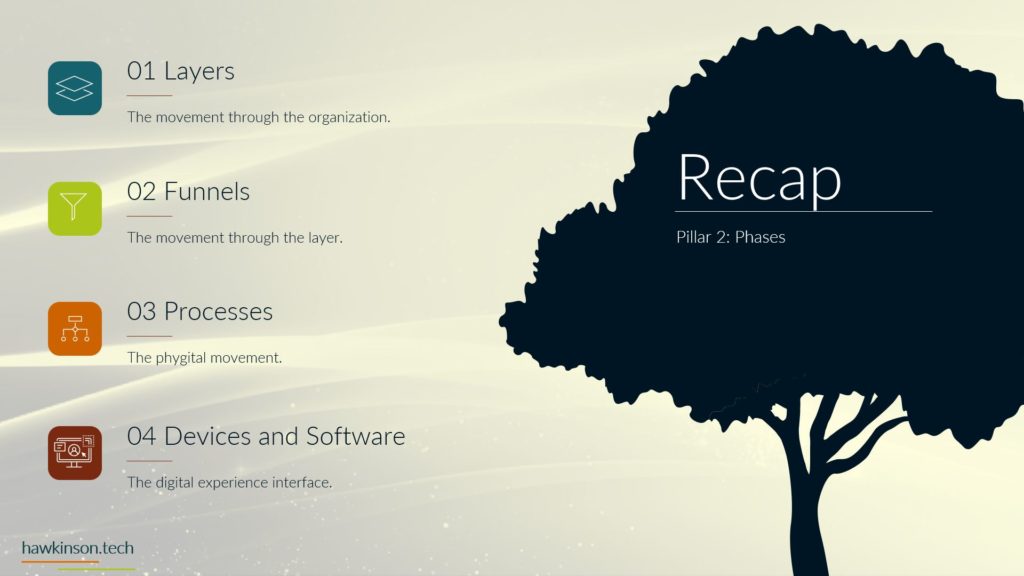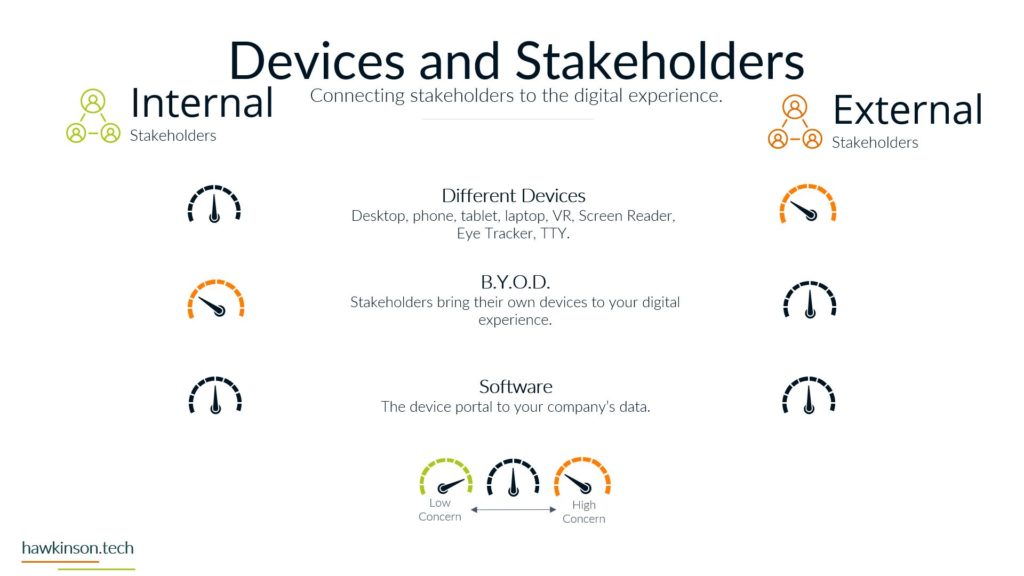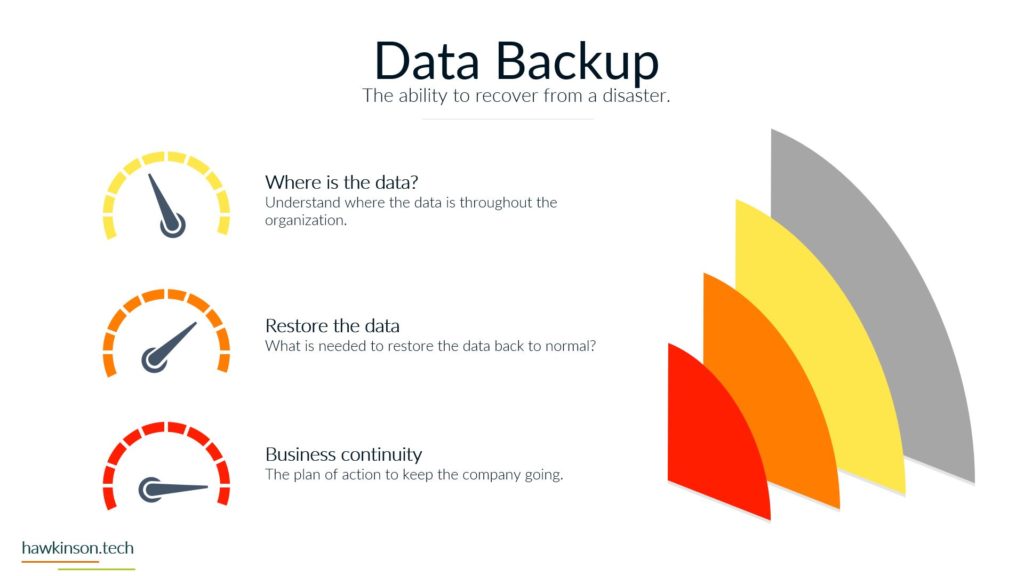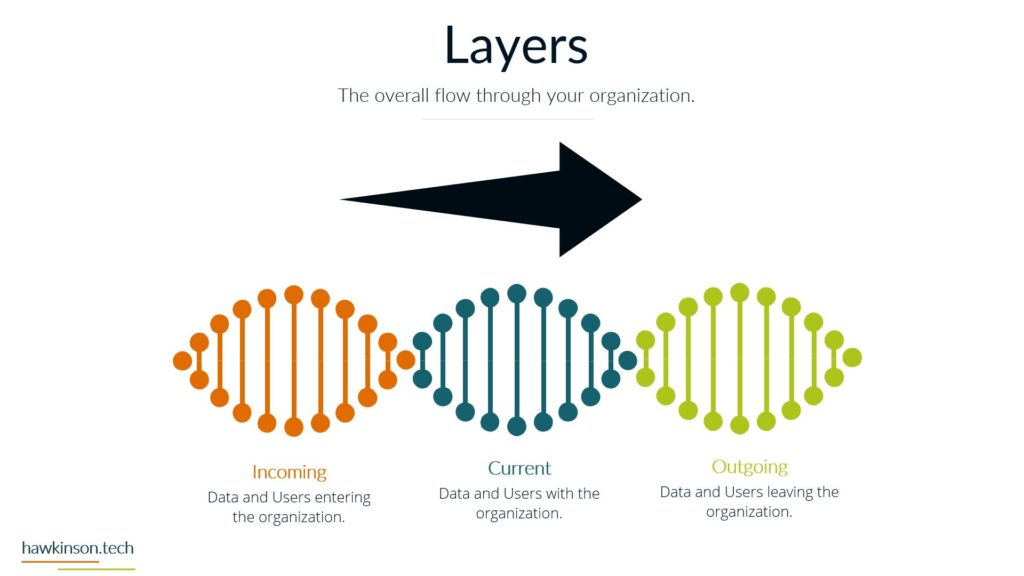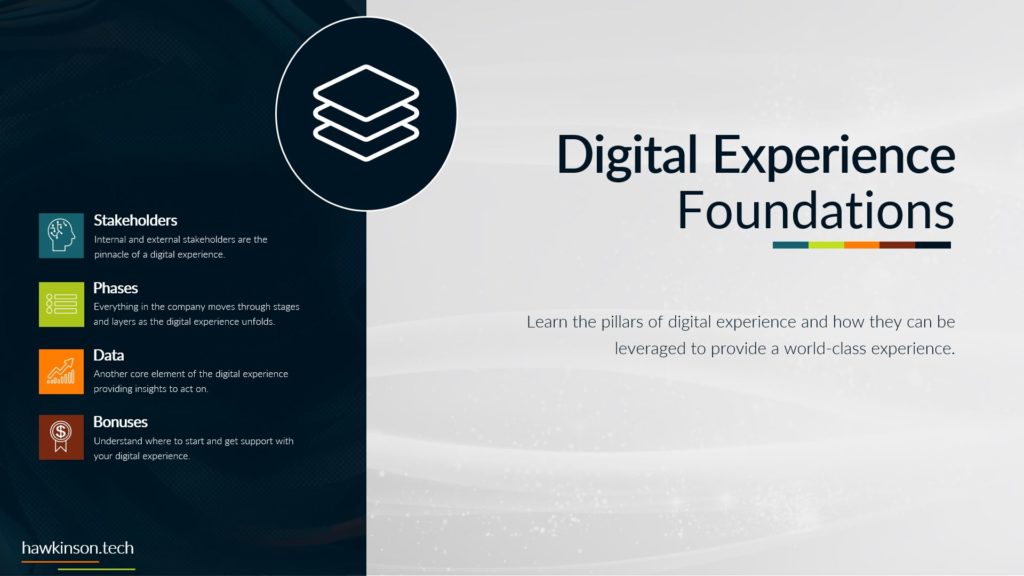In this part, we start looking at the importance of data and how it impacts a digital experience.
Digital Experience | Pillar 3 Data | Lesson Introduction
Follow Me Elsewhere:
Play Video
Play Video
So now let’s start our discussion on Pillar 3, which is the data. So we’re going to look at the data here. This data, as you will see is essentially the lifeblood of our digital experience. See, everything else that we have talked about can all be replicated in any organization without actually doing anything with software and devices. We have talked about software and. Races and how they pertain to things like our stakeholders and the different phases and layers of the company. But any company even in a non digital world still needs stakeholders and still has different processes and layers and phases to move the stakeholders and things through the organization. So this is really where we start to add in the digital component to the experience we’re looking to generate. And so with this now we will have. A digital experience for our organization. So in this section, we’re going to talk about a handful of things. There’s quite a bit to cover, but we won’t go super in-depth into all of them. So the first thing we’re going to talk about is the software. And as we’ve talked about, this is one of our data facilitators. This is what allows us to create that interface that users can use to interact with the data, make changes to the data, and facilitate processes. We’ll get more in depth on devices and as we’ve already talked about, devices are like our gatekeepers. It’s a way that we can mitigate users and what they have access to within our organization and our digital experience. Then we’ll move on to talk about security and backup, want to make sure that we’re protecting the data that we have and that we back it up. So if there is an issue, we can come back and get that data and keep the company going, we’ll talk about. Connections and to the cloud, essentially we’re going to talk about here is the way that data can communicate with other pieces of data, other software and systems. And then we’ll talk about the cloud and what that means for data and software. And then the last thing that we’ll talk about in this section are regulations and compliance. Not the funnest topic to talk about, but very tied into any company experience and especially a digital world and a digital experience with various things like GDPR and other data regulations. So with that, let’s go ahead and get started and we’ll start talking about software.
Related Content
More Content
Transform your email marketing strategy from clicks to conversions with our comprehensive guide. Learn how to segment your audience, personalize your messages, and leverage automation tools to nurture leads effectively. Craft attention-grabbing subject lines, design compelling
A funnel builder is a piece of software or a platform that helps develop and manage sales funnels for organizations and marketers. A funnel builder frequently includes various features and tools, such as drag-and-drop editors, pre-built
Discover the transformative power of experience design as it empowers organizations to shape exceptional outcomes. Tailor every aspect of operations, foster stakeholder engagement, harness the power of emotion, draw inspiration from diverse fields, leverage tools and
Discover five free tools that will take your email marketing campaigns to the next level. From AI-powered personalization to deliverability tools, these platforms offer features to optimize your email content, improve deliverability, and increase engagement. Whether
Content marketing involves writing and designing content to stand out from competitors. Read here to learn about the best tools for designing content.
Want to know more about email marketing? Discover how combining the power of email marketing with Wix can supercharge your marketing efforts.
Uncover the transformative fusion of company experience and the digital world. Delve into the intricacies of this convergence, exploring its immense potential for organizations. Discover the influence of geolocation, societal norms, and stakeholder dynamics on company
A call to action (CTA) is crucial in email marketing for generating engagement and driving conversions. A well-crafted CTA provides clarity and purpose, guiding recipients on their next steps. It also allows for measuring campaign effectiveness
In this comprehensive guide, we will delve into the intricacies of email marketing with click funnels, exploring the numerous benefits and strategies that can help businesses boost their conversion rates.
Do you want to know how GIPHY can expand your business? Read on to discover the crucial factors in ranking your gifs on GIPHY for brand promotion and expansion.
